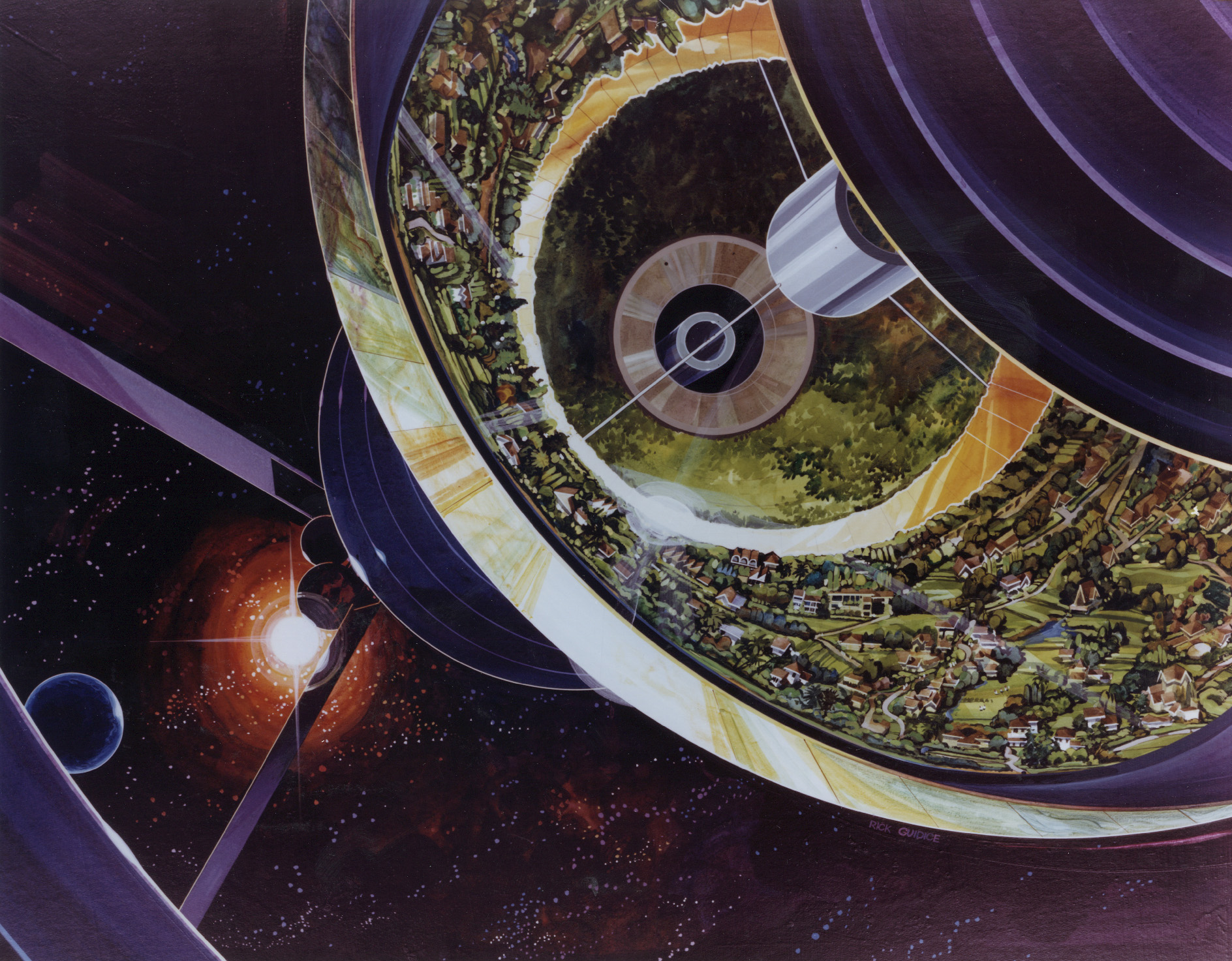
We are one step closer to determining the gravity prescription for human reproduction in space. Okay, so we still don’t have the green light for having children at destinations in space with less than normal Earth gravity or higher radiation environments….yet. But a team of Japanese scientists report positive results after running an experiment aboard the International Space Station in 2019 that examined mouse embryos cultured in both microgravity and artificial gravity in space, then compared them to controls on Earth after a few days of development. The researchers published their results in a paper in iScience.
The researchers developed equipment and a protocol for freezing two-cell embryos after fertilization on the ground and launching them to the ISS where they were thawed then split into two groups, one allocated to growth in microgravity, the other treated with spin gravity to artificially simulate 1g. A control group remained on Earth. The procedure was designed to be executed by untrained astronauts. Cultured growth continued for 4 days after which the samples were preserved and refridgerated until they could be returned to Earth for analysis.
The samples were also monitored for radiation with a dosimeter and as expected aboard the ISS, were exposed to radiation levels higher then developing fetuses experience on the ground but far lower than those known to exist in deep space outside the Earth’s atmosphere and protective magnetic field. Still, this can be a “worst case” data point for radiation exposure to developing embryos as it is unlikely that pregnancy would be ethically sanctioned at higher levels.
Upon thawing by astronauts, the embryos were cultured through initial mitosis to eventual cell differentiation and blastocyst formation. A blastocyst is the multicellular structure of early embryonic development consisting of an an outer layer of cells called the trophectoderm surrounding a fluid-filled cavity in which an inner cell mass (ICM) called the embryoblast eventually develops into the embryo.
The study was concerned with how gravity may influence cell differentiation, the placement of the ICM within the blastocyst and if radiation effects gene expression in the these cells which will later develop into the fetus. Gene expression within the trophectoderm is also critical for proper development of the placenta.
The results were very promising as the data showed that there were no significant effects on early cell differentiation during embryo development and that proper gene expression manifested in microgravity when compared to 1g artificial and normal Earth gravity.

A highlight of the paper implied that the results indicate that “Mammals can thrive in space.” It is too early to make such a bold statement with only this one study. It should be noted that this experiment only focuses on one early stage of embryo development. Conception in microgravity is not addressed and as pointed out by Alex Layendecker of the Astrosexological Research Institute, may have a whole other set of problems that raise ethical concerns as may the effects of lower gravity on later stages of gestation, in actual live birth and in early child development.
No matter how positive these recent results appear to be for early embryo development, as was determined by a landmark experiment on pregnant mice during the Shuttle era, we already have a data point on mammalian fetal development in later stages of gestation in microgravity: serious brain developmental issues were discovered in mice offspring born after exposure to these conditions. So mammalian reproduction in microgravity may start out relatively normally (assuming conception is successful) but appears to have problems in later stages, at least according to the limited data we have so far. On the bright side, the recent study found that 1g artificial gravity had no significant effects on embryo development.
Clearly more data is needed to determine which level of gravity will be sufficient for all stages of mammalian reproduction in space. Fortunately, SpaceBorn United is working on this very problem. They have plans for research into all stages of human reproduction in space to enable independent human settlements off Earth. SpaceBorn CEO Egbert Edelbroek in a recent appearance on The Space Show described upcoming missions later this decade that will study mammalian conception and embryo development using the company’s assisted reproductive technology in space (ARTIS). They have developed a space-embryo-incubator that will contain male and female mouse gametes, which upon launch into orbit, will initiate conception to create embryos for development in variable gravity levels. After 5-6 days the embryos would be cryogenically frozen for return to Earth where they would be inspected and if acceptable, placed in a natural womb for the rest of pregnancy and subsequent birth. If successful with mice the the company plans experiments with human stem cell embryos and eventually human gametes.
The gravity prescription for human reproduction in less than normal Earth gravity is still not known. But at least researchers are starting to gather data on this critical factor for long term biologically sustainable space settlement.
